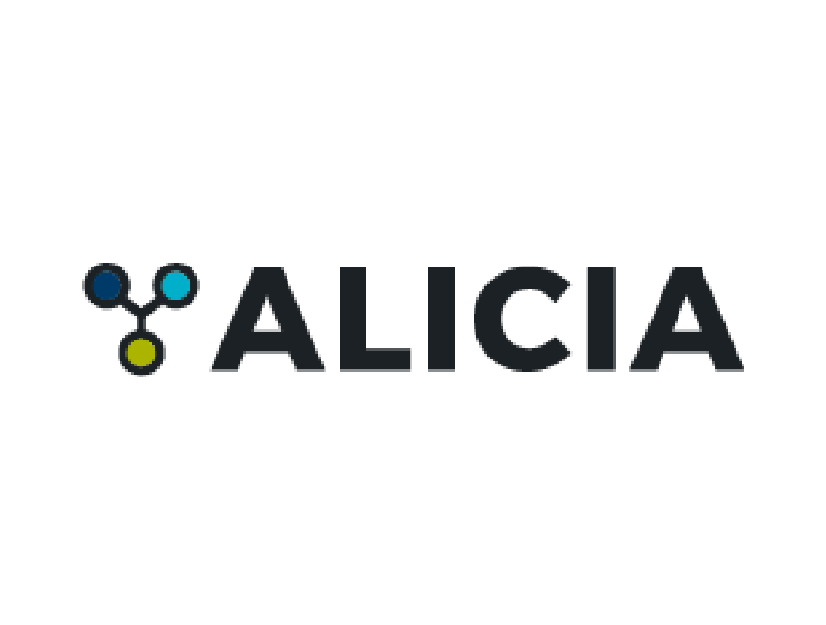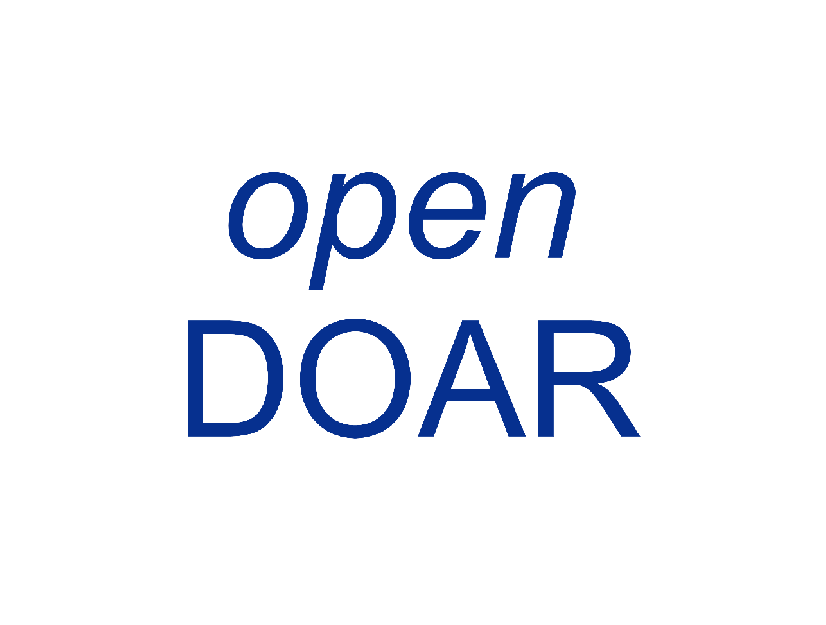La actividad física y el desarrollo psicomotriz de estudiantes del tercer año de una Institución Educativa del distrito de Bagua Grande, 2024
Fecha
2025-07-26Autor
Burga Cubas, Mariluz
Peralta Arevalo, Delci Roxana
Metadatos
Mostrar el registro completo del ítemResumen
El objetivo de esta indagación fue analizar la correspondencia de la actividad física y el
desarrollo psicomotriz de los adolescentes del tercer año de secundaria de la Entidad
Formadora N.° 17079 Javier Pulgar Vidal, en 2024. Se utilizó un enfoque cuantitativo y un
diseño correlacional de corte transversal, trabajando con 20 estudiantes. Para la adquisición
de datos, se aplicó un cuestionario sobre actividad física y una ficha de observación sobre el
desarrollo psicomotriz. Las evidencias mostraron una correspondencia positiva moderada (r
= 0,437, p = 0,045) entre ambas variables, lo que sugiere que, a mayor nivel de actividad
física, los educandos presentan un mejor desarrollo psicomotriz. Respecto a la actividad
física, el 45% de los estudiantes se ubica en un nivel regular, mientras que el 20% está en un
nivel bajo, un 25% en un nivel alto y el 10% en un nivel muy alto. En cuanto al desarrollo
psicomotriz, 5% en un nivel regular, un 65% se ubica en un nivel alto y un 30% un nivel
muy alto, sin estudiantes en los niveles bajo o muy bajo. Estos hallazgos evidencian que la
actividad física incide positivamente en el desarrollo de la motricidad y coordinación de los
educandos, reflejando una tendencia general hacia la práctica física y un adecuado desarrollo
psicomotriz. The aim of this research was to analyze the relationship between physical activity and
psychomotor development of third-year high school students at Educational Institution N.°
17079 Javier Pulgar Vidal, in 2024. A quantitative approach and a correlational cross-
sectional design were used, working with 20 students. To collect data, a questionnaire on
physical activity and an observation sheet on psychomotor development were applied. The
results showed a moderate positive correlation (r = 0.437, p = 0.045) between both variables,
suggesting that as the level of physical activity increases, students exhibit better
psychomotor development. Regarding physical activity, 45% of the students are at a regular
level, while 20% are at a low level, and 25% are at a high level. In terms of psychomotor
development, 65% present a high level, and 30% a very high level, with no students in the
low or very low levels. These results indicate that physical activity positively influences
students' motor skills and coordination, reflecting a general tendency towards physical
practice and adequate psychomotor development.
Colecciones
- Educación [852]







